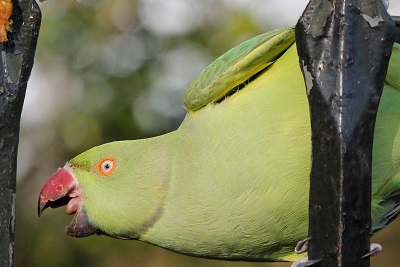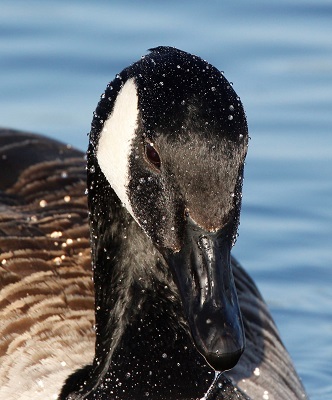
The success of introduced or “alien” bird species is heavily dependent on their new environment, according to an international study featuring a University of Queensland researcher.
Alien birds – including invasive species – are most successful in locations and climates similar to their native habitats, and in places where other alien species are already established, the global scale study shows.
The similarity of the new environment to their native habitat is more important than other factors like population size or bird characteristics, the study shows.
Associate Professor Salit Kark, from UQ’s School of Biological Sciences, said the discovery was important for understanding the spread and potential impacts of alien bird species across the globe.
“As human activity continues to impact biodiversity globally, alien species are a major actor, having impacts on native species, ecosystem functioning and human wellbeing, leading to socio-economic costs,” Kark said.
“These can include agricultural damage, the spread of disease and expensive damage to infrastructure.
“They can also impact on multiple native species, with an estimated third of animal extinctions worldwide and a quarter of plant extinctions since 1500 thought to be driven in part by alien species.
“Our collaborative research reveals the factors that help or hinder species moving between locations, and the next steps for predicting and limiting the threat of future biological invasions.”

The team, including University College London’s Professor Tim Blackburn and Dr David Redding, analysed 4346 global invasion events in 708 bird species to see which factors enabled the birds to thrive in their new habitats.
“In the past, researchers have looked at factors such as species traits, the number of individuals introduced, or location features to help explain introduction success,” Kark said.
“But understanding how these drivers act together is much harder.
“For the first time, this study looked at the multiple elements of alien introductions globally, helping determine which of these factors matter most for alien bird establishment success.
“Alien species are more likely to settle if the local environment is similar to their home habitat, and has fewer extreme weather events – like big storms – which can wipe out alien and native populations alike.
“We found that alien birds are also more likely to prosper in places where other alien species are flourishing, which can lead to an accumulation of alien species in “invasion hotspots”.
“In Australia, we discovered in recent work that the best predictor for the number of successfully introduced species in an area is the number of native bird species.
“This suggests the aliens are creating new and further competition, for example over nesting cavities, which are a limited resource as birds’ old trees become fewer.”
The researchers are concerned that previous aliens pave the way for new ones, which can lead to a process called “Invasional Meltdown”.
“It’s time to develop more robust internationally agreed management plans,” Kark said.
“This would help us detect stowaway species at entry points and to educate the public about the risks of introducing pet alien animals in the wild.
“Biosecurity measures and public awareness are crucial in areas Australia and globally, helping prevent further introductions of alien species and protecting native wildlife.”
The research is published in Nature (DOI: 10.1038/s41586-019-1292-2).
It was conducted by University College London, Zoological Society of London, UQ, University of Utah, Koç University, and is funded by Leverhulme Trust, UCL, King Saud University, The Royal Society, the Medical Research Council and the Australian Research Council.
Media: Associate Professor Salit Kark, s.kark@uq.edu.au; Dominic Jarvis, dominic.jarvis@uq.edu.au, +61 413 334 924.
Images available to download here: https://we.tl/t-fVmhKgiRDD. Credit: Tim M Blackburn.



